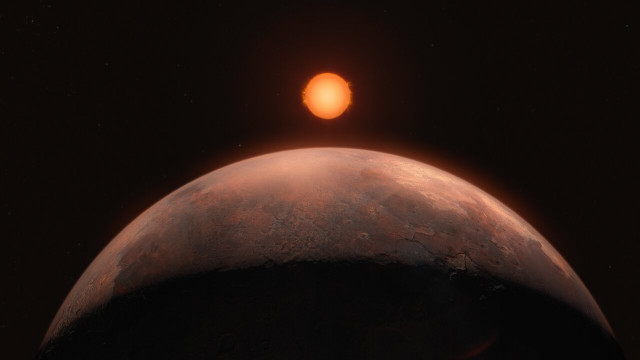
A 3D mapping of the atmosphere of the exoplanet Tylos
Two articles, one published in the journal “Nature” and one in the journal “Astronomy & Astrophysics”, report the results of two studies of the exoplanet WASP-121b, officially named Tylos, which describe different aspects of its very turbulent atmosphere. Two teams of researchers with several members in common used the ESPRESSO instrument mounted on ESO’s VLT (Very Large Telescope) in Chile exploiting the combination of the four telescopes to examine the atmosphere of Tylos during a complete transit in front of its star. The result was a mapping of the layers of the atmosphere and the detection of traces of various chemical elements including sodium, iron, and titanium.





